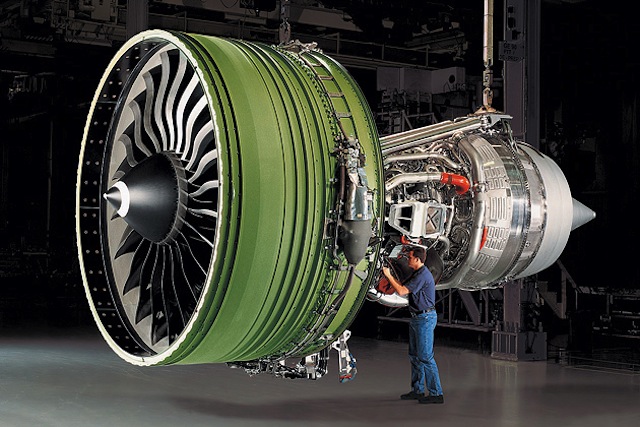Crowdsourcing, harnessing the wisdom of crowds, has been a buzzword for probably the last five years.
It’s often cited as a way for companies and entrepreneurs to access skills that have been largely unattainable in the past.
Much of the talk about crowdsourcing has revolved around consumer or marketing projects, say designing logos, and all too often the conversation revolves around getting people to do creative projects for free – the real opportunity though may well lie in the industrial sector tapping into that group wisdom.
Open innovation and jet engines
An example of how the industrial sector is using crowdsourcing is GE’s Open Innovation project where the company is offering prizes for the best ideas in developing jet engine parts and advanced 3D printing techniques.
Like the Kaggle data analysis platform, GE’s project shows that crowdsourcing isn’t just about getting a cheap logo or comparing shoe designs, it can be used to develop high tech equipment.
Another example of high level crowdsourcing is the DARPA Robotics Challenge where the US military research agency found that enthusiastic amateurs, motivated students and wily entrepreneurs were able to get results that decades of consulting from major defense contractors could achieve as a New Yorker story on Google’s robotic cars describes;
In one year, they’d made more progress than DARPA’s contractors had in twenty. “You had these crazy people who didn’t know how hard it was,” Thrun told me. “They said, ‘Look, I have a car, I have a computer, and I need a million bucks.’ So they were doing things in their home shops, putting something together that had never been done in robotics before, and some were insanely impressive.” A team of students from Palos Verdes High School in California, led by a seventeen-year-old named Chris Seide, built a self-driving “Doom Buggy” that, Thrun recalls, could change lanes and stop at stop signs. A Ford S.U.V. programmed by some insurance-company employees from Louisiana finished just thirty-seven minutes behind Stanley. Their lead programmer had lifted his preliminary algorithms from textbooks on video-game design.
The maturing of various technologies like 3D printing, big data and collaboration software are making it easier to democratise and open the innovation process, as DARPA found this can also save costs and accelerate development cycles.
Balancing crowdsourcing
GE’s Chief Economist Marco Marco Annunziata sees engineering crowdsourcing as an opportunity to move faster and harness skills even companies as big as his struggle to find, “how much of the innovation process do you keep in house?” He asks.
That’s a balance many managers are going to consider as they find their markets evolving faster than the capabilities of their own designers and development processes. It may well be that many will find their future innovations come from outside their organisations.

Leave a Reply